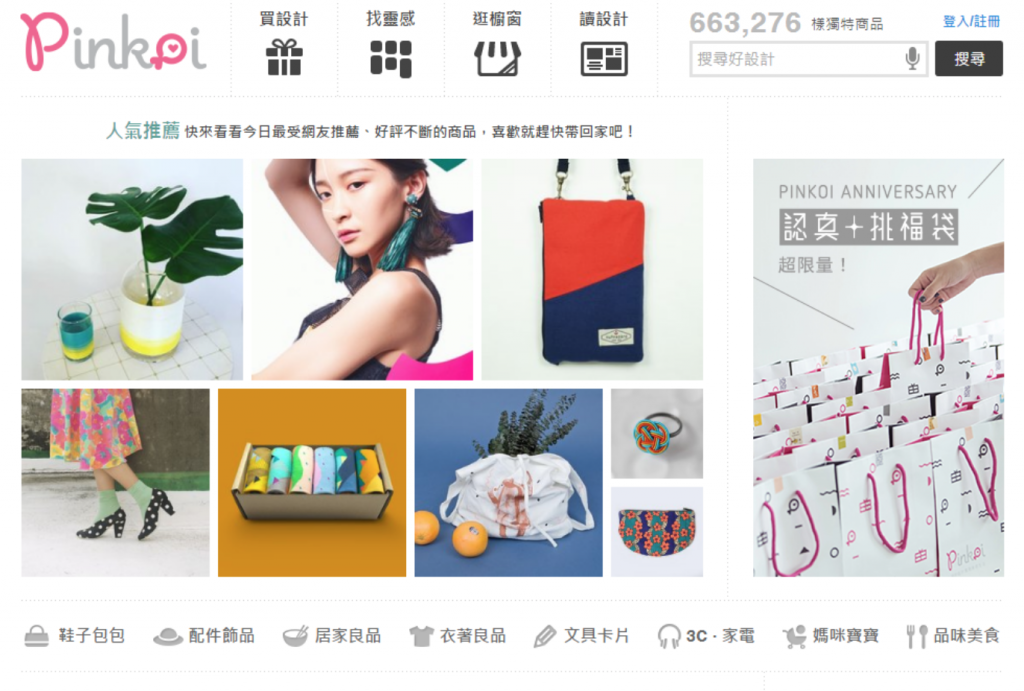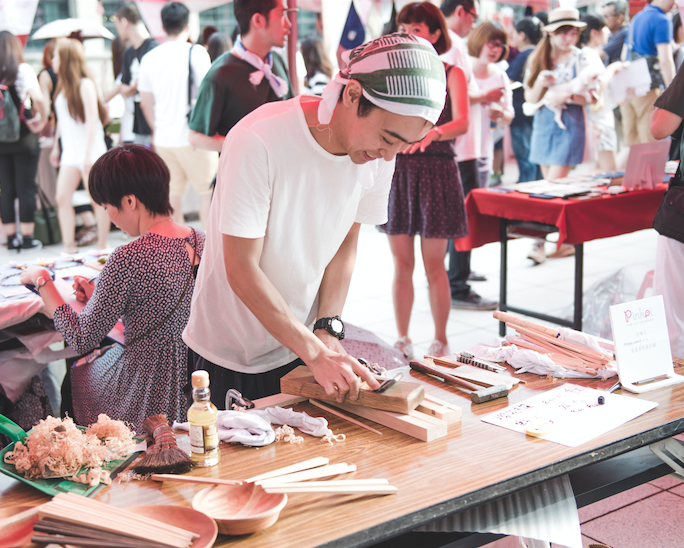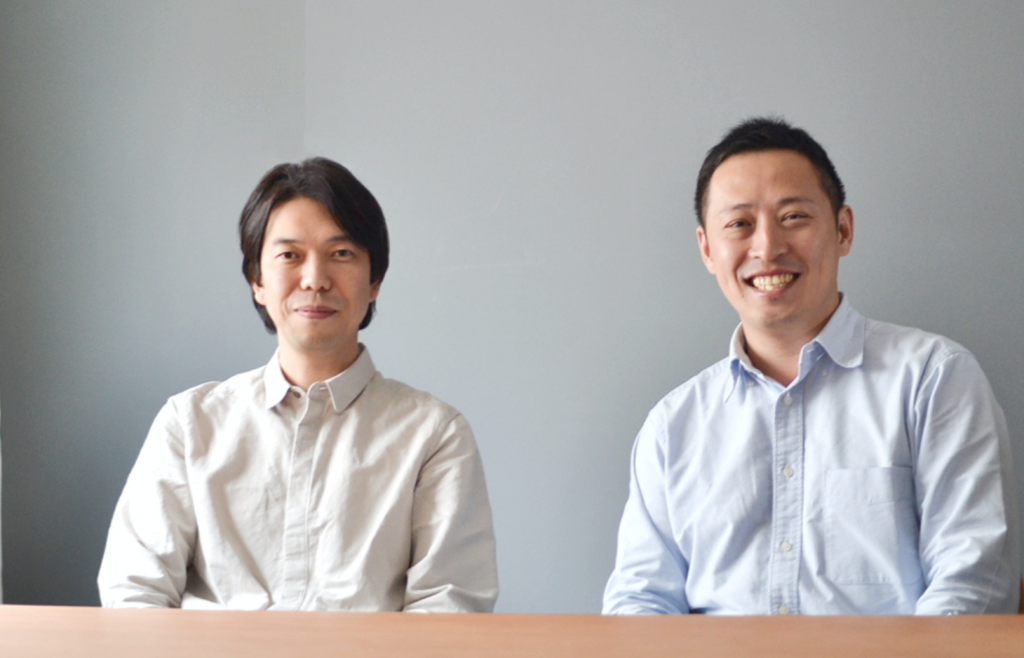
Author: Yolanda Wang, Translator: Kevin Wang, Editor: Yunchieh Tsou
Pinkoi is a designer product shopping platform established in Taiwan in 2011, and in its five years has seen astonishing growth into Asia’s largest online marketplace selling original designer products, currently counting 1.2 million members, 25,000 in-house designers, 7,000 active design workshops online designing 660,000 products, and over 2.5 million products sold to 88 countries. With US$2 million in funding from Infinity Venture Partners, and another US$9 million from Sequoia Capital, what has been Pinkoi’s formula for success, reaching a global market from its foundations in Taiwan?

Yen Jun-ting, Pinkoi co-founder and CEO, describes Pinkoi as follows: “Normal shopping platforms only provide a place for designers to sell their products, but Pinkoi sets itself apart from the competition by being a partner with each and every designer. We have not only designed an extremely effortless system that enables vendors to put their products online within 30 seconds, but we also teach designers how to take good product photos, how to manage their fan pages, and also survey what consumers around the world like, and share this data with designers for their reference. In addition, we hold and take part in exhibitions overseas, to truly bring designers to an international market.”

When expanding abroad, know the locals and their culture, and connect with local designers
According to Yen, “For a multinational internet company to succeed, the key is localization.”
Before entering each foreign market, Pinkoi sends teams into local markets and designer circles, not just to invite designers to join their platform, but also to understand what consumers like and what is trending in each market. The company regularly collects data covering different regions, demographics, ages and gender, currency, daily habits, and favorite products, and has set up Traditional Chinese, Simplified Chinese, English, Thai, and Japanese versions of their web pages.
After understanding each local market, the next crucial step is to localize cash flow and logistics.
What does localizing cash flow mean? First of all, Pinkoi offers a dozen different available checkout currencies, including the New Taiwan Dollar, Chinese Yuan, Thai Bhat, Japanese Yen, Hong Kong Dollar, US Dollar, Euro, British Pound, Canadian Dollar, Austrailain Dollar, Singapore Dollar, and Malaysian Ringgit. In addition to this, they adopt local ways of enabling money to change hands.
Yen gives the following examples: “Shoppers in Thailand are not used to paying via credit card, and like to pay and receive products at convenience stores, so Pinkoi allows payment at convenience stores or transfers at ATMs. Consumers in China often pay via Alipay and WeChat Pay, and we adjust our system there accordingly.
Purchase of Japanese shopping platform iichi beneficial for local connections in difficult market
Even with all their efforts to connect with local markets, Pinkoi still faced formidable challenges when attempting to enter Japan. Yen says, “It was extremely difficult for us to invite Japanese designers. The Japanese are very cautious, and as much as our Taiwanese team showed our sincerity, we still felt a sense of distance, and couldn’t know what they really needed.”
Since the only way to connect with Japanese designers and consumers is through the Japanese, in March 2016 Pinkoi bought iichi, the Japanese handicraft internet platform with over 20,000 in-house designers, and invited iichi CEO Kentaro Iinuma to head Pinkoi Japan operations.

According to Kentaro Iinuma, “Internet companies that focus on good design especially need to connect with and maintain their relations with local designing circles, and increase their mutual trust. This is especially true in the Japanese market. Moreover, Japanese consumers put particular importance in interpersonal relationships, and don’t often directly contact designers to describe what they need. Instead, they communicate with website managers, which shows the importance of customer service. Furthermore, Japanese consumers are especially careful when using foreign services, so any internet platform must localize their services to an even greater extent, and offer the quality and user experience that Japanese consumers will feel natural and accustomed to.
Pinkoi has also brought along 72 in-house brands to the 2016 Tokyo Design Week from 26 October to 7 November. In addition to gaining exposure in the Japanese media through Asia’s largest design exhibition, Pinkoi will also hold a designing competition, featuring Japan’s leading fashion designers and internet celebrities as judges, to integrate themselves deeper with the Japanese market.
Yen notes that this year has seen Pinkoi experience its fastest growth ever. In addition to their five most profitable foreign markets — Japan, Hong Kong, China, the US, and Thailand — Pinkoi is also investing more in Singapore, Malaysia, Australia, and Canada. With foreign profits expected to double, Pinkoi’s goal is to enable Asian designer brands in achieving success on the global stage.
Chinese version : 跨國文創電商 Pinkoi 成功關鍵:在地化設計師、在地化金流、在地化物流
前沿趨勢.科技生活
《科技報橘 TechOrange》渴求創新無極限!
加入 TechOrange 粉絲團,產業趨勢、精闢觀點不漏拍。